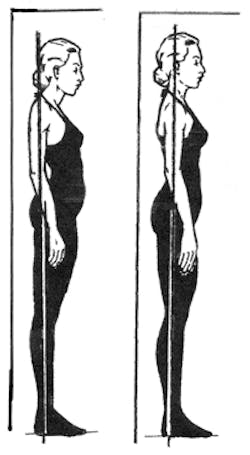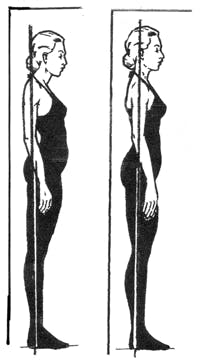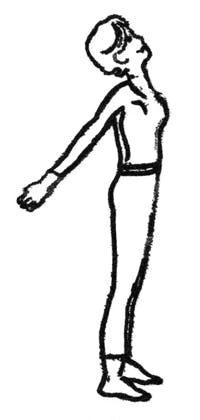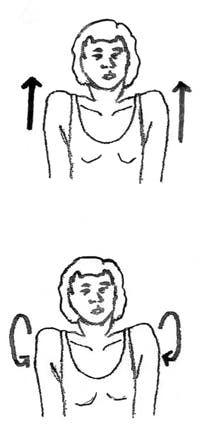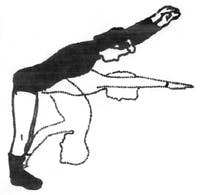A Wellness Guide for Dental Hygienists
A series of simple movements can relieve the stress and fatigue the body feels during a workday.
On a personal note, I have always admired and respected the work of dental hygienists. I can speak of their commitment and devotion to my patients and me. I should actually say “their” patients, since most patients prefer the hygienist to me. Because of my years of private practice, I can say that the hygienists in my office kept my practice alive and my patients orally healthy. Being a hygienist is stressful. Aside from the hours, precision and detailed work, we dentists, even though for the most part are easy to get along with, can be demanding, critical and inconsiderate.
Thank you, dental hygienists, for superbly and diligently carrying out your very essential services.
Dental hygienists bear great physical tension and emotional stress.
The upper back and shoulder muscles tense, which limits blood supply and oxygen to the brain, thereby promoting, among other ailments, elevated blood pressure, headaches, forgetfulness, blurred vision, and fatigue. Releasing physical and emotional tension liberates vast resources of energy.
The following series of movements relieve fatigue and quickly energize body and mind. The simple exercises can be done in private, as often as needed. They can be done sitting or, preferably, standing and facing a window in an open area. If done sitting, use a sturdy chair without wheels for safety. When stretching, it is important to breathe deeply and in rhythm with the movements.
The main focus of these exercises is to relieve eyestrain and muscle tension in the wrists, shoulders, legs, and upper and lower back, as these are the primary areas of soreness for dental hygienists.
Emphasis is placed on the breath, since it is the source of vitality and energy. As we tense, our breathing becomes shallow, which limits the amount of air and oxygen. We recommend deep abdominal breathing through the nose whenever possible. Upon exhaling, breathe out any stress and let go of tension. Rhythmic breathing and letting go on the exhalation plus easy stretching are excellent ways to release muscle tension and relax the nervous system.
To effectively relax the muscles, do not hold a position long, because this stresses already tense muscles. Hold the position for three to five seconds and release. Do this several times. We recommend a quick stretch and relax for short stretches done often. Each time go a bit further, but do not strain.
All are cautioned to proceed at their own pace without straining. Dental hygienists with high blood pressure or other physical limitations should take this into consideration when engaging in these exercises.
Repeat any exercises as necessary. It is also recommended that you treat yourself to therapeutic muscle massages to relax and tone your whole body.
Anthony F. Le Pera, DDS, a graduate of Georgetown University School of Dentistry in Washington, D.C., is associate professor in the restorative department at the University of Medicine and Dentistry of New Jersey. He is director of the Operative Dentistry Closed Clinics and has been in private practice and a yoga practitioner for more than 20 years.
References
“The Warton’s Back Book - Stretch Away Back Pain” by Jim and Phil Warton, Rodale Press, Inc.
“Yoga for Wellness” by Gary Kraftsow, Penguin-Compass, Penguin Putnam
“Yoga Mind and Body” by the Sivananda Yoga Vedanta Center, DK Publishing, Inc.
“Classic Yoga for Fitness and Relaxation” by Vimla Lalvani, Sterling Publishing Co.
“Relax and Renew - Restful Yoga for Stressful Times” by Judith Lasater, Rodmell Press, Berkeley, Calif.
“Complete Stretching - A new Exercise Program for Health and Vitality” by Maxine and John Sullivan, Alfred A. Knopf Publishing, Inc.
Since dental hygienists’ work is at close steady vision with repetitive motions, the following exercises are especially helpful:
• Extend your arms in front at shoulder height. Spread your fingers and fully stretch arms and fingers. (This prevents or relieves carpal tunnel syndrome.) Do this as often as comfortable.
• For a burst of energy, inhale deeply through the nose, extending the abdomen and exhaling forcefully through the mouth. Do this in rapid succession several times, then normalize your breathing.
• Relax by exhaling and breathing out any stress - let go of any tension, relax your shoulders. Rub your hands until warm and place palms over your closed eyes. Hold 10 to 20 seconds. Slowly open your eyes, bringing your hands to your chest as in a prayer position and you will feel refreshed, energized, and relaxed.
• Visualize a large clock, keep your eyes soft and roll them clockwise from 12 to 12, then counterclockwise. Follow this with eye movements - up and down, down and up, side-to-side and back. Do this several times while breathing normally. Rub the palms of your hands until they are warm, and place them gently over the eyes for several soothing seconds.
